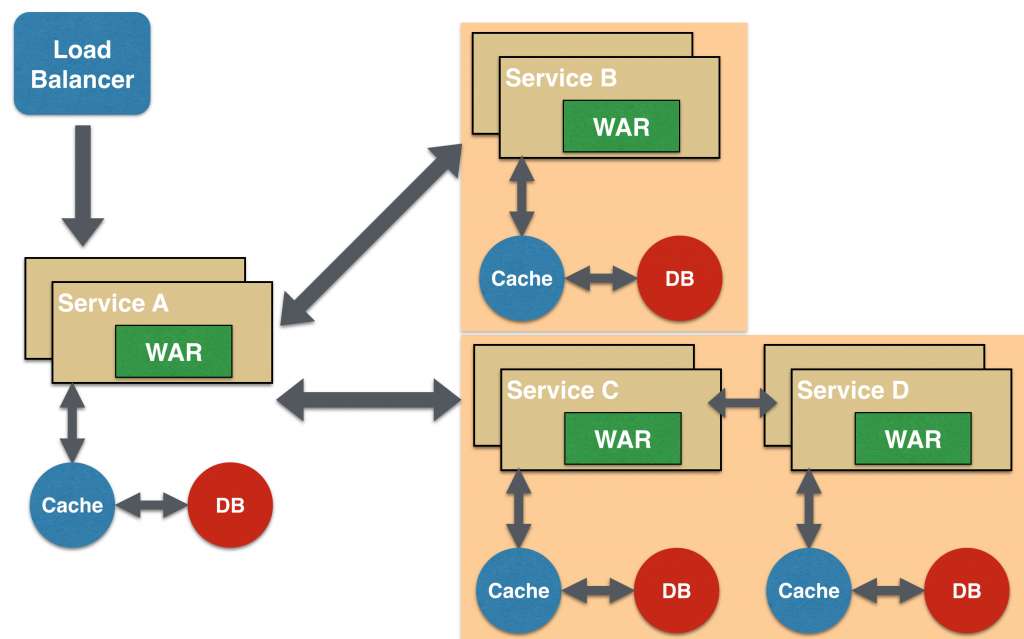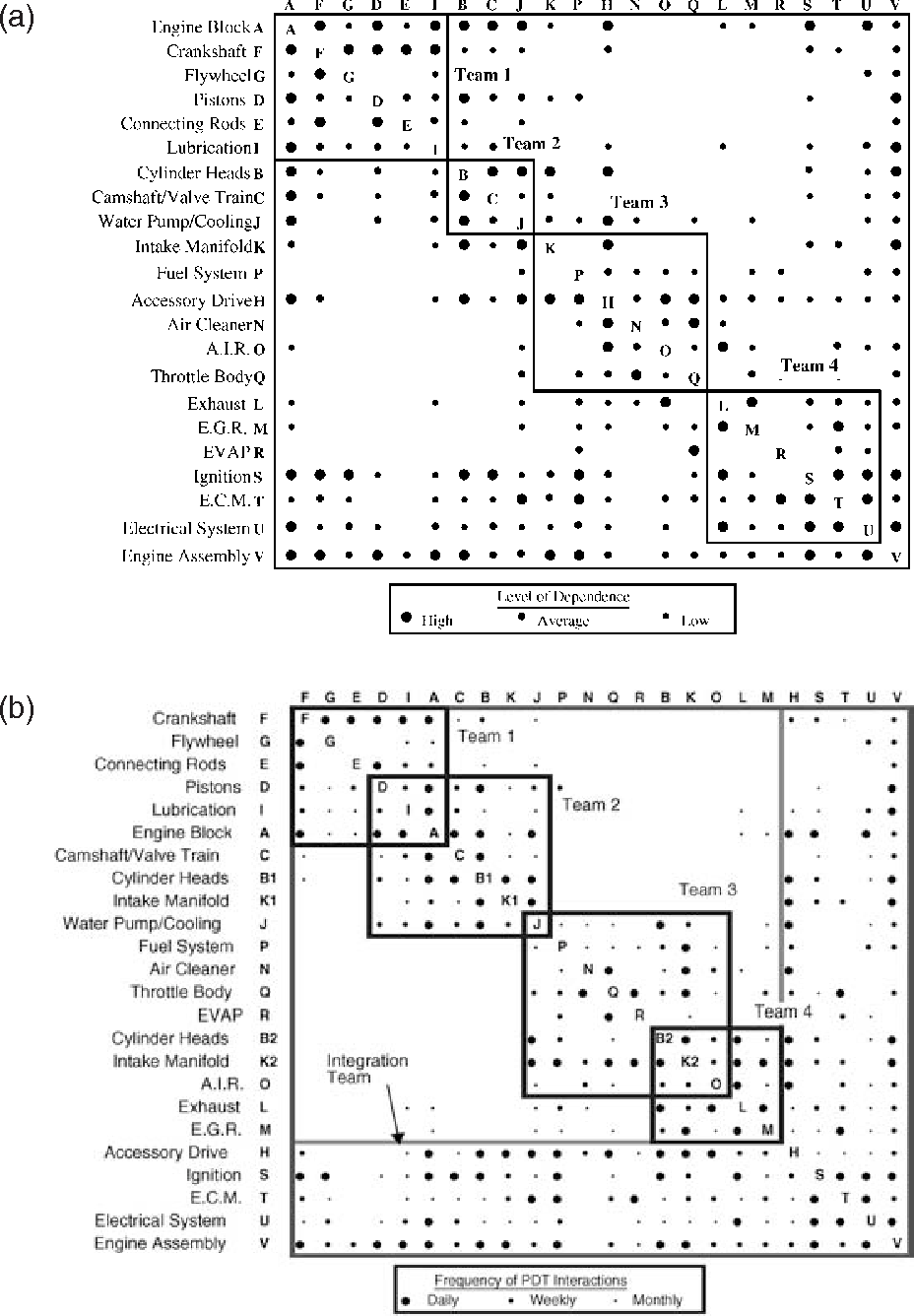Table Of Content
Fetching data from running services is crucial for any application, especially in a microservices architecture. Extracting data from individual services is vital, but presenting user-owned resources from multiple microservices through a single UI can pose challenges. An API gateway acts as a single entry point, managing tasks like routing, composition, and protocol translation within the architecture. Imagine breaking down a single functional unit into multiple mini-service units. That is exactly what microservices do to the traditional monolithic architecture.
Single concern microservice
Microservices design patterns are created to mitigate the challenges of microservice architectures. These services are built around business capabilities and independently deployable by fully automated deployment machinery. There is a bare minimum of centralized management of these services, which may be written in different programming languages and use different data storage technologies.
Migrating Applications to AWS Training
At Capital One, we’ve applied microservices architecture to help increase our speed of delivery without compromising quality, so we have experience using types of design patterns like these firsthand. Of course, understanding microservices best practices will help you reap the most benefits. Before incorporating any best practice the first step is to understand the microservices design practices you might frequently use during development. Mainly because different services have different storage requirements, and access to data is limited in microservice design. So, we look at some major database design patterns per different requirements.
Introducing Domain-Oriented Microservice Architecture - Uber
Introducing Domain-Oriented Microservice Architecture.
Posted: Thu, 23 Jul 2020 07:00:00 GMT [source]
Real-world Use Cases of CQRS Design Pattern in Microservices

However, its success relies on the ability to identify each specific business capability. It’s important to keep an eye on transactions so that patterns can be monitored and problems identified. However, the increased service portfolio of microservices architectures can make this difficult. Inspired by electrical circuit breakers, this microservice design pattern breaks the connection to failed services. Any calls to the breaker are routed to a different service or result in an error default message, preventing protected calls from being made and left ‘hanging’.

The Database Per Service pattern provides an elegant solution to this problem. Despite these challenges, with careful design choices and good operational practices, the API Gateway pattern can greatly simplify client interaction with microservices. The purpose of this series is to describe the principles involved in choosing the microservices architecture, along with the pros and cons.
b. Aggregator Pattern
A transportable microservice can be moved from one runtime environment to another with little effort. Perhaps currently, the optimal form of a transportable microservice is a Linux container image. Having a single concern makes the microservice easier to maintain and scale. Having a single concern means that a microservice should do one thing and one thing only. For example, if the microservice is intended to support authentication, it should do authentication only.
Saga Pattern
This pattern works by monitoring failure conditions, and when triggered, it stops all calls to the failing service, redirecting them elsewhere or returning a default error message. Due to a monolithic architecture and proprietary data centers, Netflix experienced a significant downtime. This occurrence was a turning moment, prompting Netflix to implement continuous deployment and separate their applications to avoid future problems. Microservices were critical in preventing single-stack breakdowns and encouraging experimentation. This transition improved agility, allowing for practices such as Chaos Engineering and contributing to Netflix’s rapid expansion. Each program now oversees a distinct aspect of Netflix’s operations, resulting in the company’s current status as a powerhouse.
This pattern enhances reusability, maintainability, and modularity while allowing for easy addition or removal of handlers. For example, in every organization, different departments come together as one. These include technical, marketing, PR, sales, service, and maintenance. To picture a microservice structure, these domains would each be the microservices, and the organization would be the system. We can easily monitor automated test cases and detect production failures regarding business requirements using semantic monitoring. This allows organizations to identify issues before they impact actual users proactively.
Importance of Design Patterns in Microservices Architecture
These patterns will help throughout, from the designing phase of the application to the maintenance phase in production. The strangler microservices design pattern is extremely helpful in the case of a web application where breaking down a service into different domains is possible. Different services live on different domains since the calls go back and forth.
This means each time an address changes, consumer services may break and will require manual adjustments. This pattern can improve availability and performance by preventing network resources from becoming depleted. However, it is important to balance preventing failures and maintaining service levels. Agile software development has broken down some of the silos between requirements analysis, testing and development. Deployment, operations and maintenance are other activities which have suffered a similar separation from the rest of the software development process. The DevOps movement is aimed at removing these silos and encouraging collaboration between development and operations.
In order to be independently deployable each service typically has its own source code repository and its own deployment pipeline, which builds, tests and deploys the service. This example illustrates the Aggregator pattern, where the OrderAggregator class aggregates individual orders into a single collection, simplifying the process of working with multiple orders. Liked Object Oriented Design Patterns, Microservice Patterns are also tried and tested solution of common problems people have encountered while developing, deploying and scaling their Microservices.
In complex, distributed systems, such as microservices, patterns like CQRS and Event Sourcing help decouple and scale systems. Modern applications are often built using a microservice distributed approach, which involves dividing the application into smaller, specialized services. Each of these services implement their own subset of functionalities or business logic. To facilitate communication between these services, it is essential to have a method to authorize, route, and monitor network traffic. It is also important, in case of issues, to have the ability of identifying the root cause of an issue, whether it originates at the application, service, or network level.
There are many ways to implement different microservices’ architectural styles. They can be used to split a complex system into smaller, manageable sub-systems. It’s difficult to apply the patterns we’ve discussed so far to legacy applications since these applications are already live. That’s not to say cloud-based microservices can’t support legacy systems, you just need the right pattern. The downside of this pattern is that it requires a more complex programming model. Developers must design rollback transactions to undo the change that caused a failure.
In domain-driven design, a separate database per service is feasible, but using a single database can be tough when you decompose a monolithic architecture into a microservice. So, while the decomposition process continues, implementing a shared database for a limited number of services is advisable. This number should stay low to allow deployment, autonomy, and scalability. The Event-Driven pattern is a powerful microservices design pattern that facilitates asynchronous communication and collaboration among distributed components. In this pattern, microservices communicate through events, allowing them to operate independently while responding to specific occurrences or changes in the system. CQRS is a microservices design pattern that separates read and write operations.
While there are many approaches for integration and conversation scenarios, it’s not always clear which approach is best for a given situation. CQRS is particularly beneficial in scenarios where the read and write patterns differ significantly, allowing for more flexibility and optimization in handling each type of operation. While it introduces complexity, it provides advantages in scalability, performance, and adaptability to varying system requirements. How can you rely on the architecture to make a change or publish a real-time event concerning the changes in the application’s state? Event sourcing helps to come up from this situation by appending a new event to the list of events every time a business entity changes its state. It is thus advised that an application saves a screenshot of the current state of an entity to optimize the load.









